When building a porch were the flooring will run perpendicular to the house and the joist are running parallel, does the ledger board get attached with the same fastener schedule as a deck would were the joist are running perpendicular and are attached to the ledger?
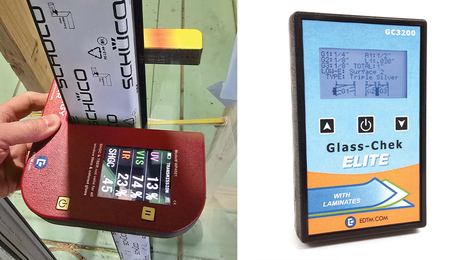
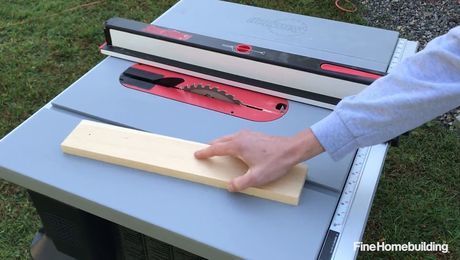
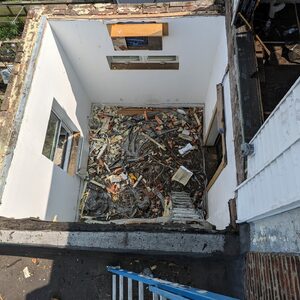
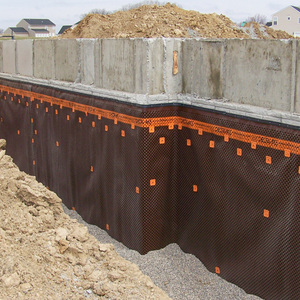
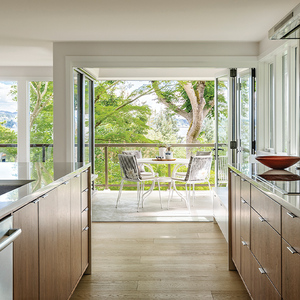






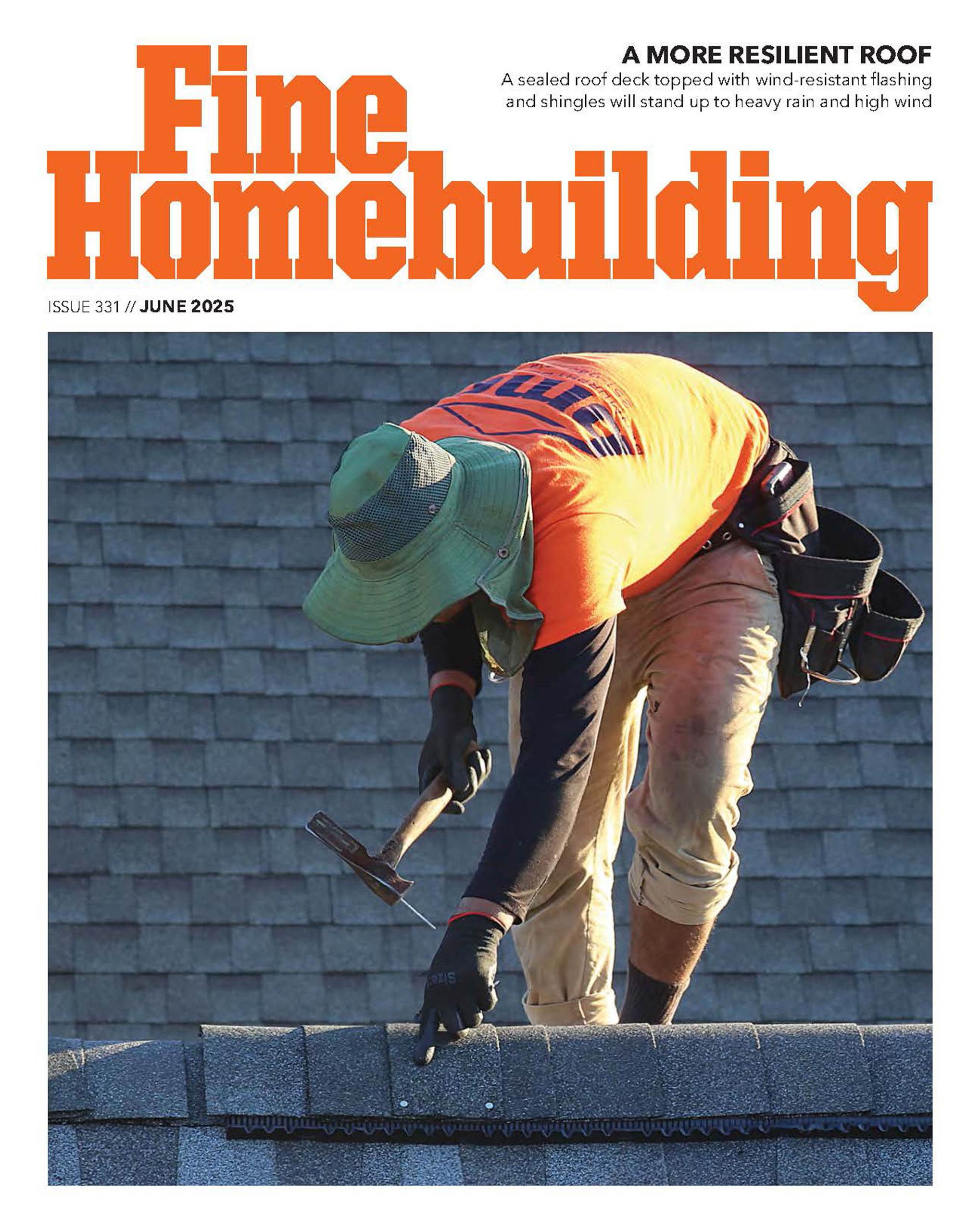







Replies
I would tend to say yes.
And by doing so the left and right sides of your deck now become carrying beams and will need to be supported as such and will require posts to footing. I believe this arrangment will require more footings than you would normally need if the joists were perpendicular to the structure.
[email protected]
Thaks for the reply Eric,
I building a 22' wide 14' deep cover porch and was planning to have doubled 2x10's on the right and left sides, supported with three equally spaced piers (bearing side for the gable roof).
But still deciding on the center supports for the porch floor, I'm thinking, either one or two doubled 2x10' beams for the center support of the porch. One centered or two equally spaced with either two or three piers each?
With one beam 2x10 for joists with two 2x8 for joists
Any suggestions/comments?
Thanks
Any suggestions/comments?
I think I would still build it the other way.
Rim joists get doubled or even tripled with a post at the center should be enough to support your roof load.
I think the way you want to do it means alot more posts and footings and I do not see the advantage of doing this way.
You need to get a PE or at least a lumber yard with a deck design program to design the structure for you.
And be real aware of issues with ACQ lumber and how it corrodes fasteners and hangers etc.
Eric[email protected]
I work with a carpenter turned mechanical engineer, that I have been bouncing a lot of ideas off, and the one place I went to get a quick deck design the person did not know how to do porches with roofs, so it would only make the joist run perpendicular.
Reading this forum usually helps me more than most of the places I can go for help.
Any other comment/suggestion?
Why are you running the joists parallel to the house?
It would probably save some money in materials to run 14's instead of 22's.
This will be an enclosed porch? most of your roof load could/would be on your headers, which will then transfer to posting of one sort or another, far less footers to dig......again why parallel rather than perpendicular?
Geoff
forgot to ask, how far off the ground is this going to be?
Edited 6/4/2007 2:02 am ET by Geoffrey
Because I want a real porch with real wood t&g floor running perpendicular to the house.
I am not a big fan of decks, at least not on my house.
well then, to answer your original Q, no, no need to fasten like a ledger with perpendicular joists.Your loading point will be where the "beam" on each side butts to the house, that will be your critical connection point. The "ledger" will have no more load bearing on it than the other joists.
Is this an open porch or screened-in?
The reason for running the decking perpendicular, was to encourage the water to flow away from the building, but this would typically be on a front porch that had a roof but no enclosure, thereby exposing it to the weather.
Geoff
The plan is to screen it in, but with all the other work on the house that may take some time.
Sorry, I forgot the height, it's on a slight sope away from the house 18" to 24"
<Sorry, I forgot the height, it's on a slight sope away from the house 18" to 24">
The reason I ask is this height may make it difficult to install piers and carrying beams (mid-span beams), for the 22' lengths.
Geoff
A traditional tongue-and-groove porch floor is laid with the boards perpendicular to the house, sloping slightly downhill to drain water (no gaps between boards like on a deck). So, the joists are run parallel to the house.
I'm assuming that's what the OP has in mind.
Allen